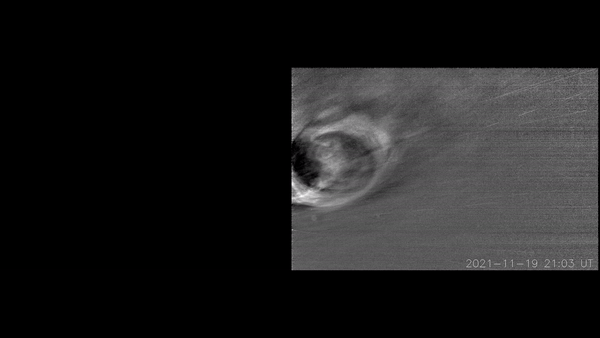
www.classicrockhistory.com
Aaron Dugan: The ClassicRockHistory.com Interview
Born and raised in Northeast Philly‚ Pennsylvania‚ and currently residing in Brooklyn‚ New York‚ guitarist Aaron Dugan has impacted many modern rock‚ reggae‚ roots‚ soul‚ and funk records to the tune of two gold records. But that’s not all. Dugan has also crafted two solo records‚ which nestle up quite nicely beside records he’s lent a hand to‚ such as Matisyahu’s Live at Stubbs (2005) and Youth (2006)‚ Trevor Hall’s Chasing the Flame (2010)‚ Lee Scratch Perry’s Rise Again (2011)‚ and more. Indeed‚ with a varied background in jazz‚ rock‚ and reggae‚ Dugan impacts sessions via his open-minded viewpoint and never-ending and relentless nature on guitar. He can
The post Aaron Dugan: The ClassicRockHistory.com Interview appeared first on ClassicRockHistory.com.

















